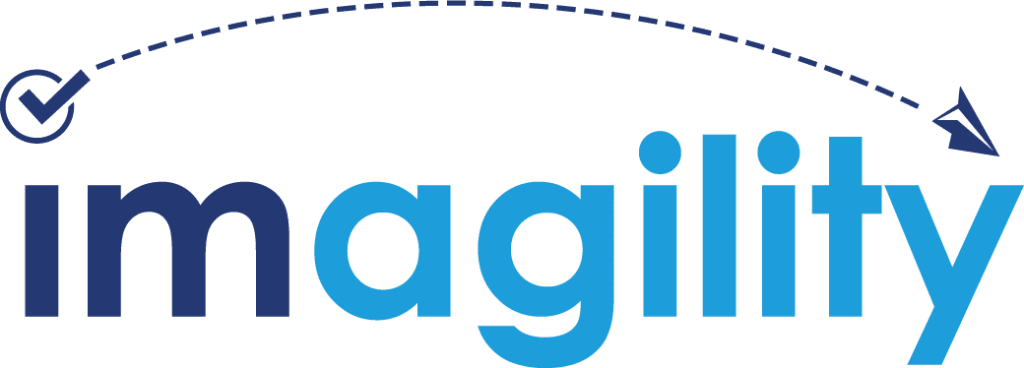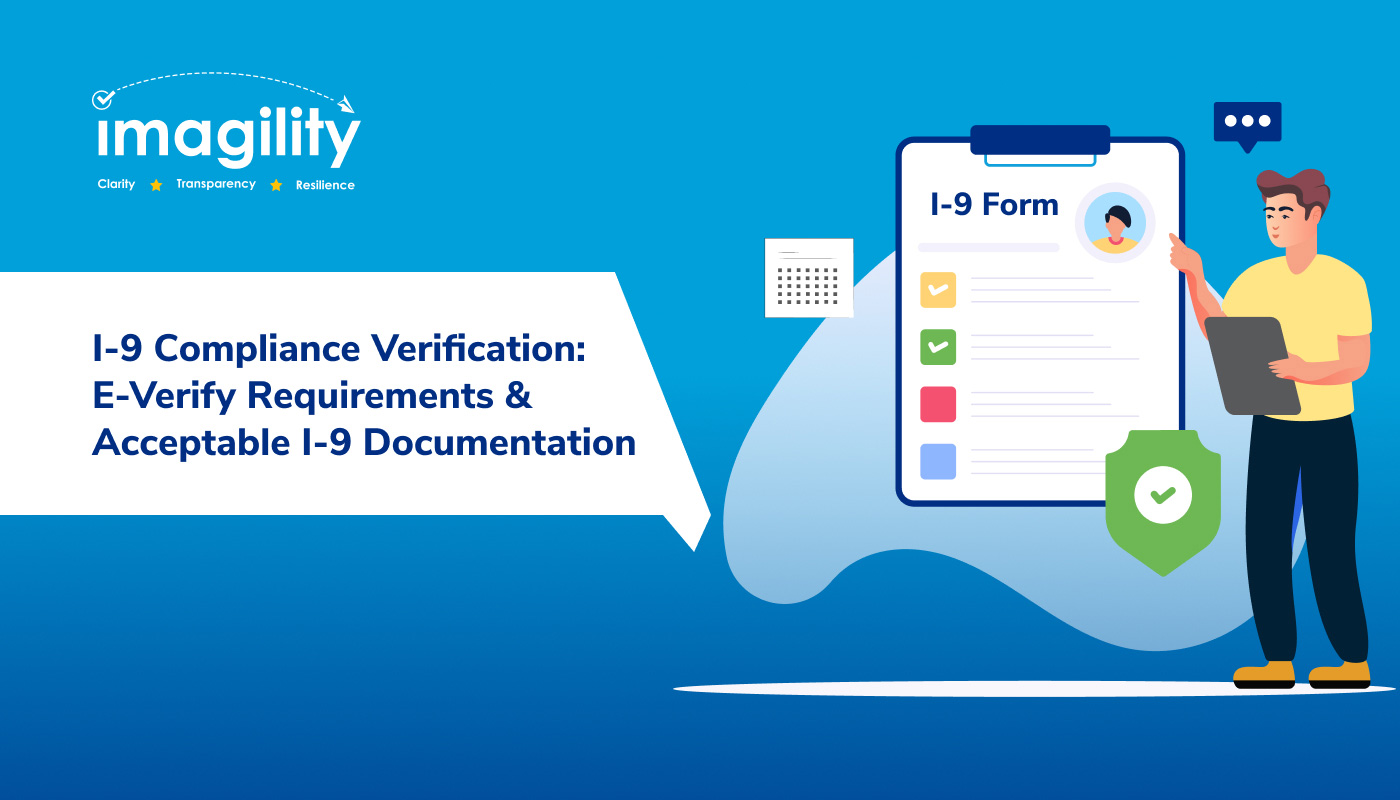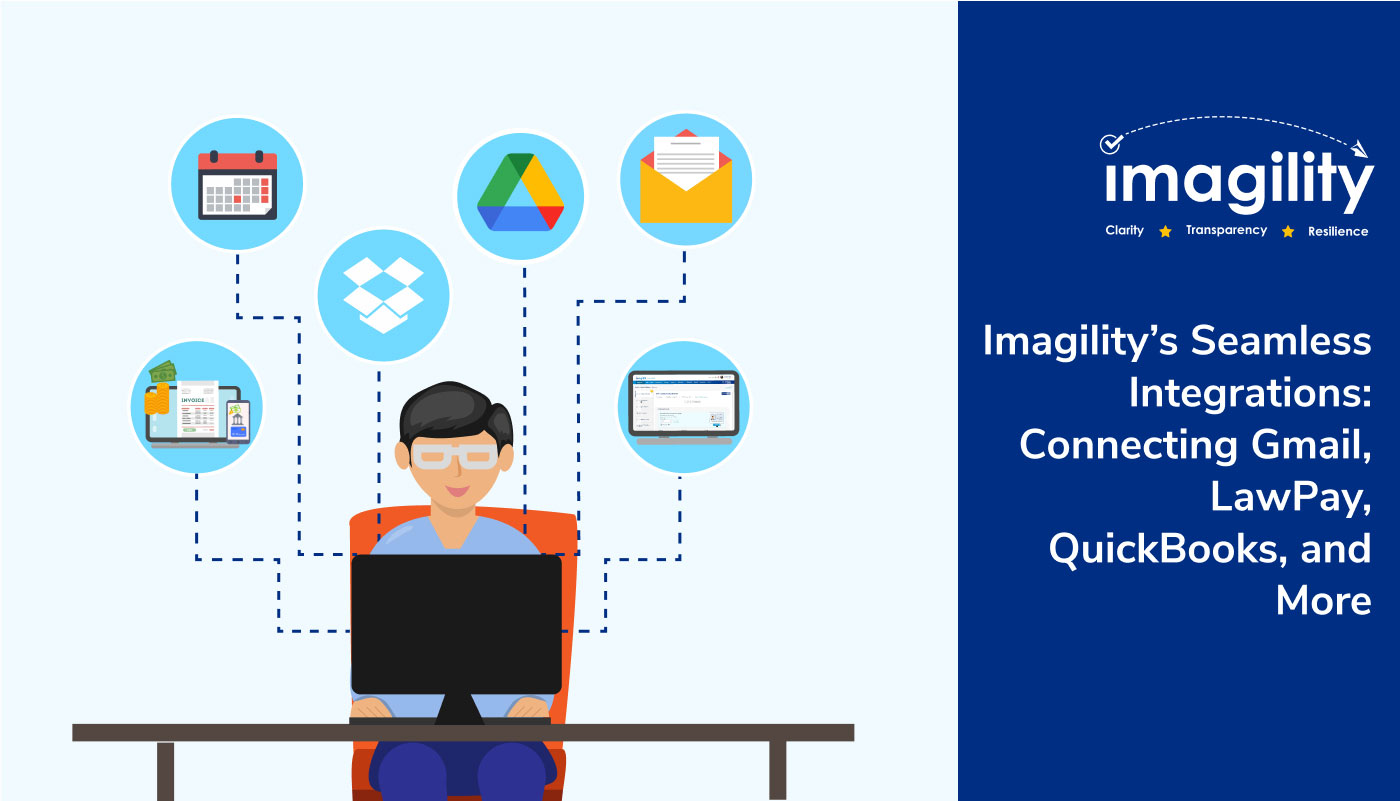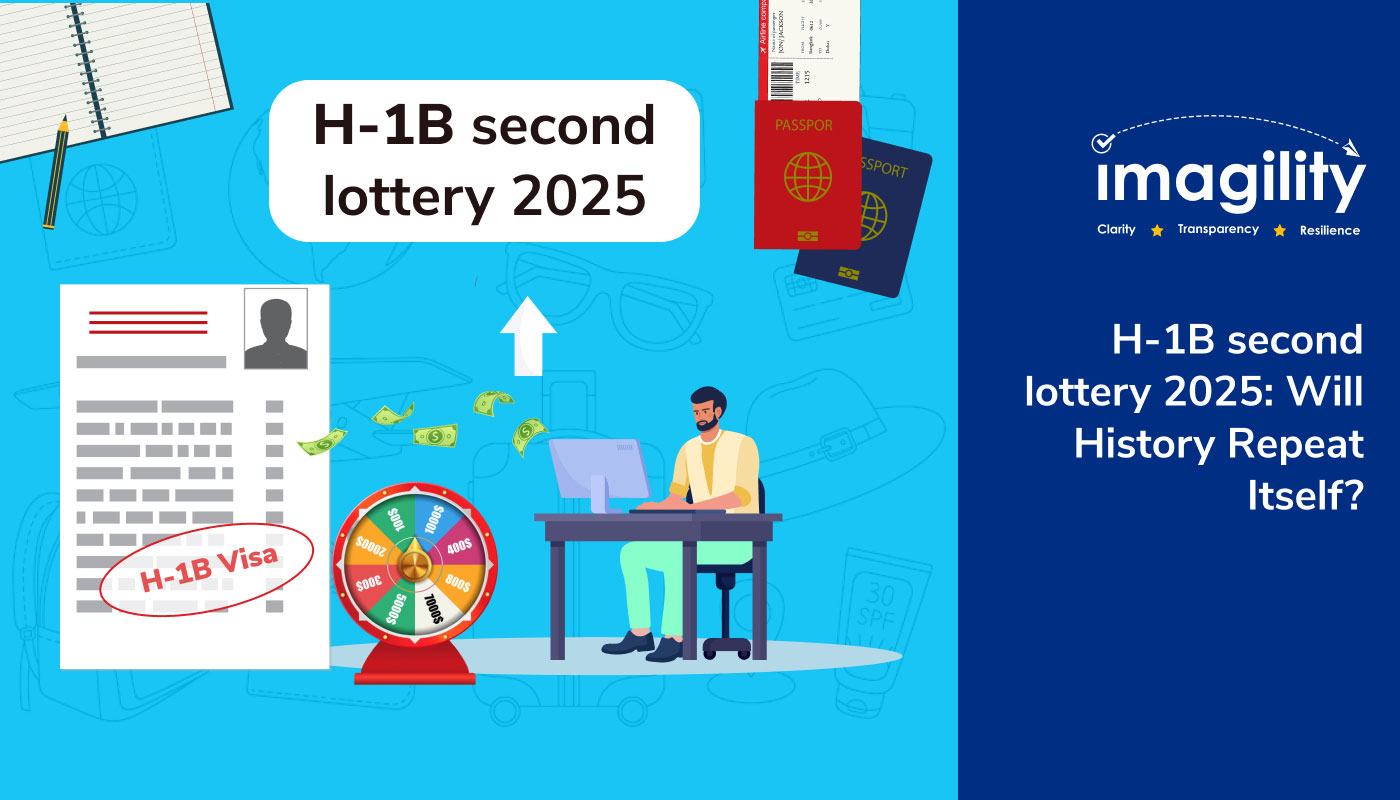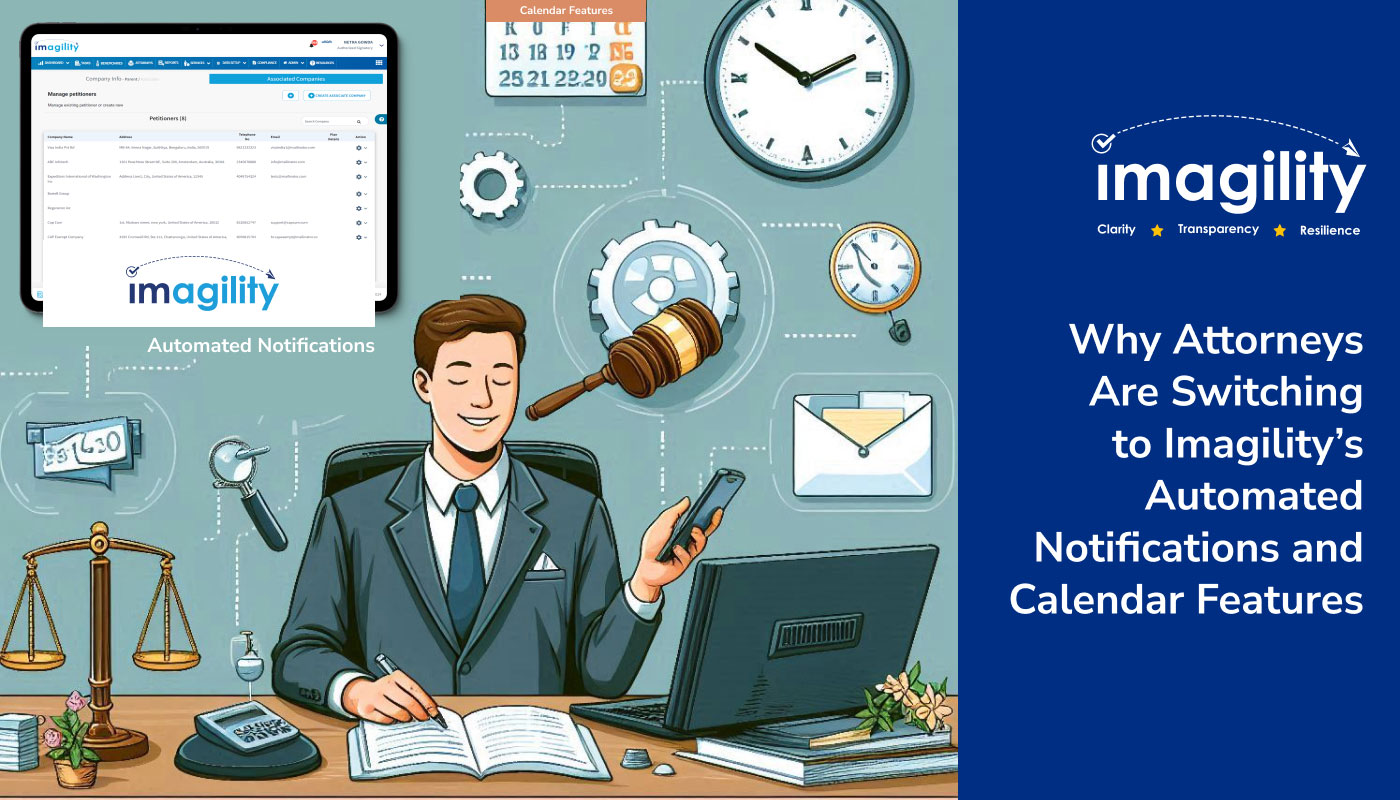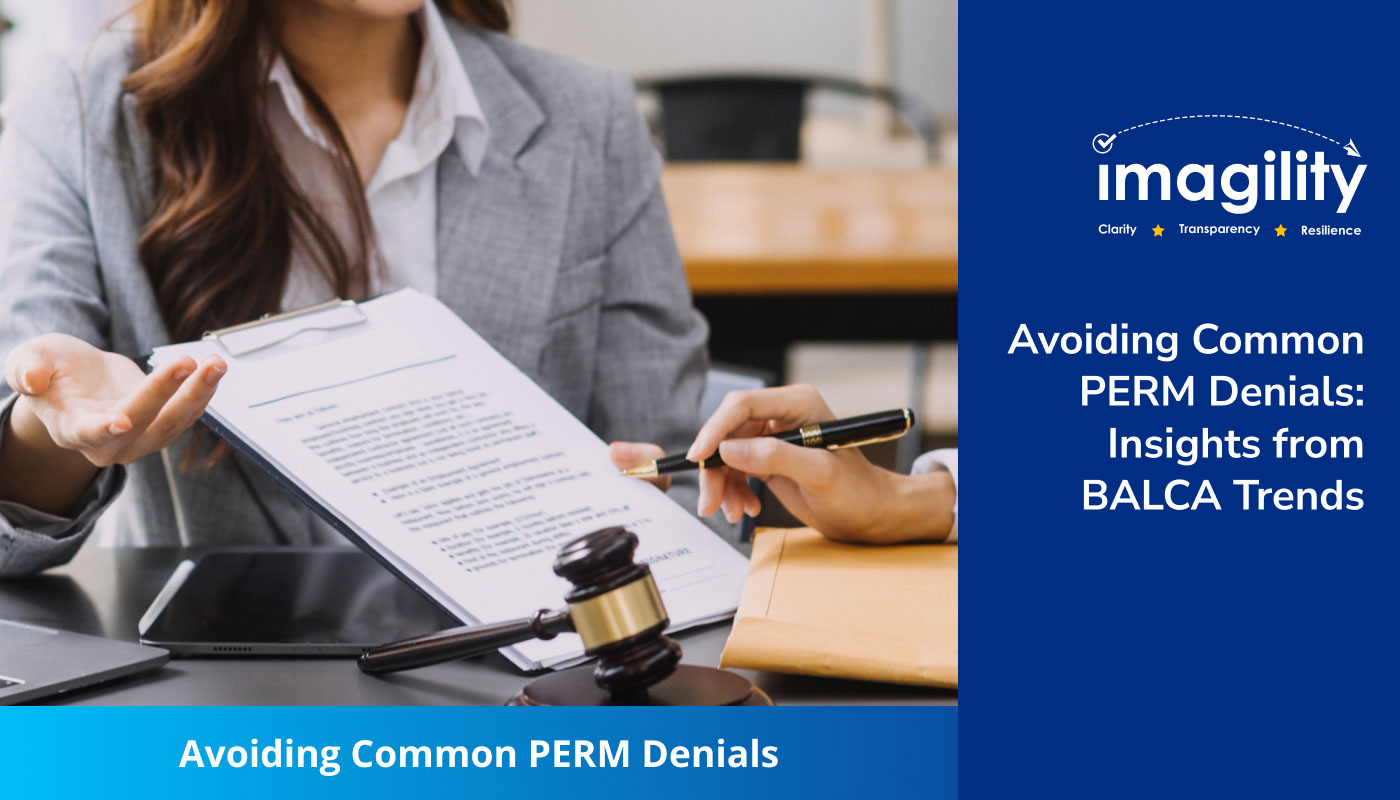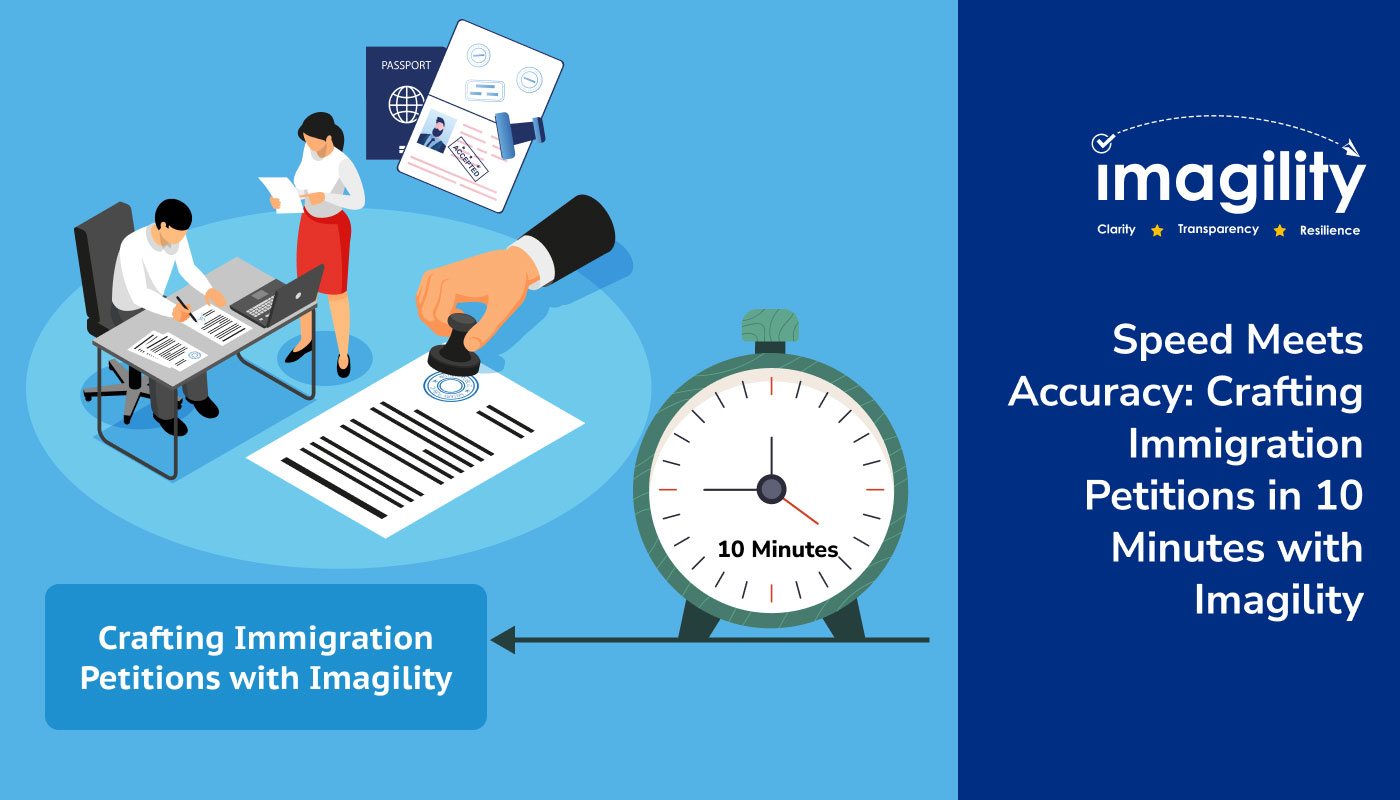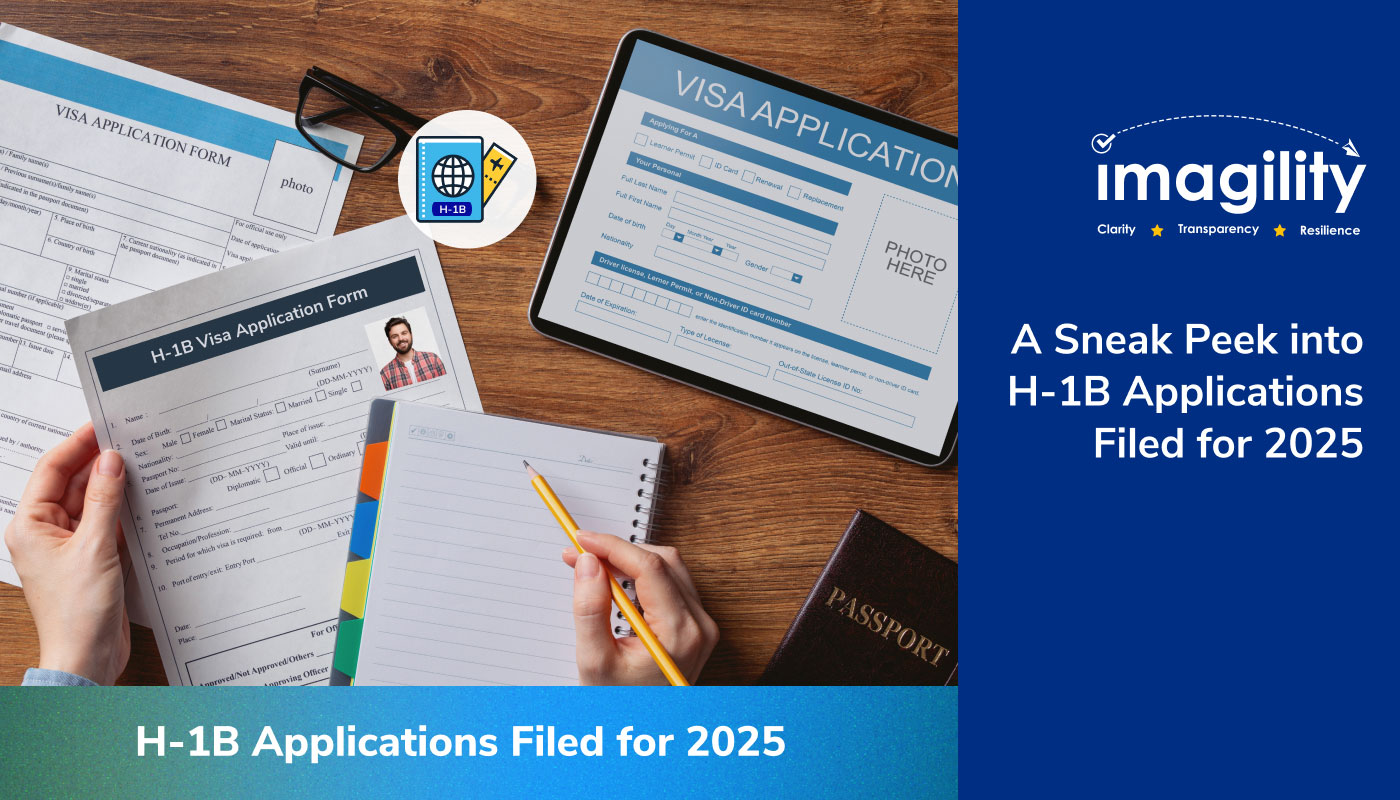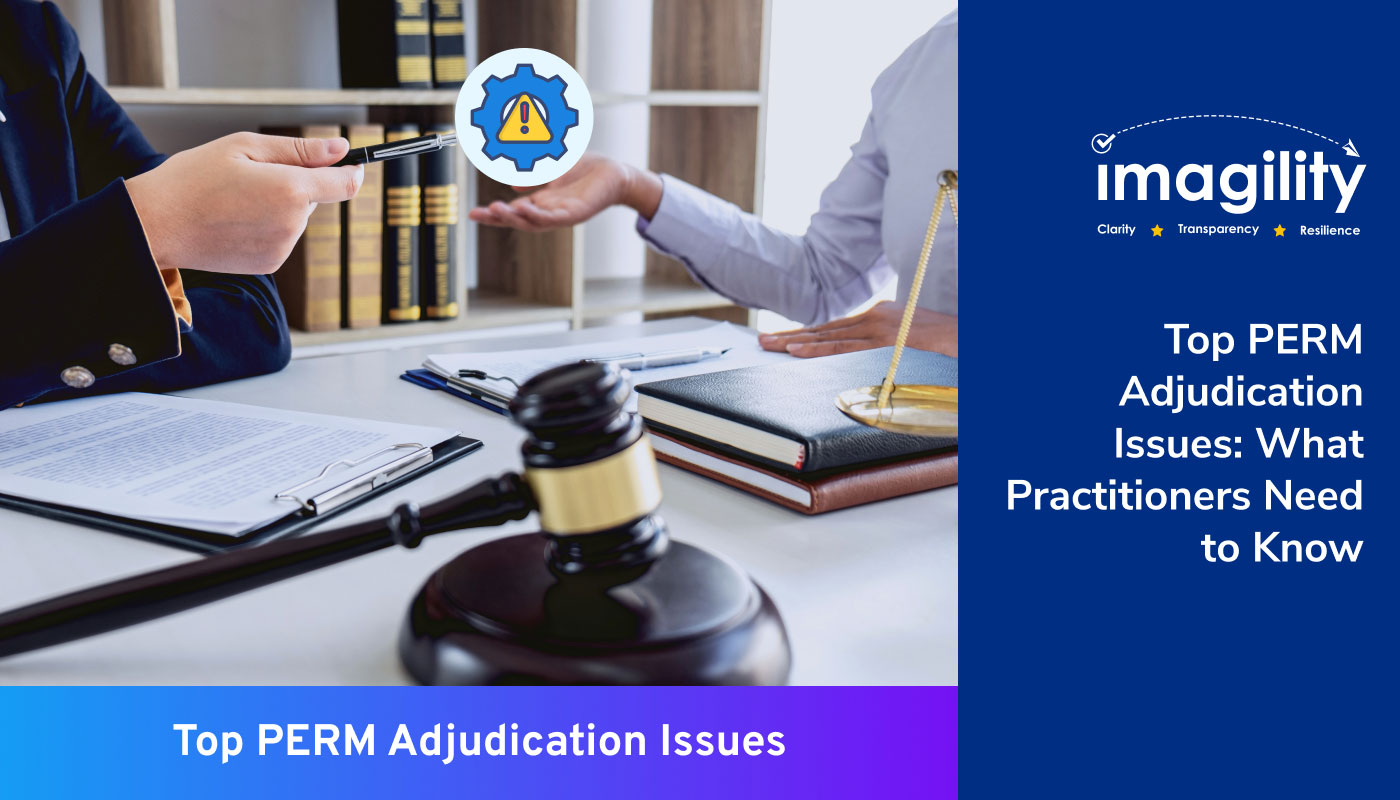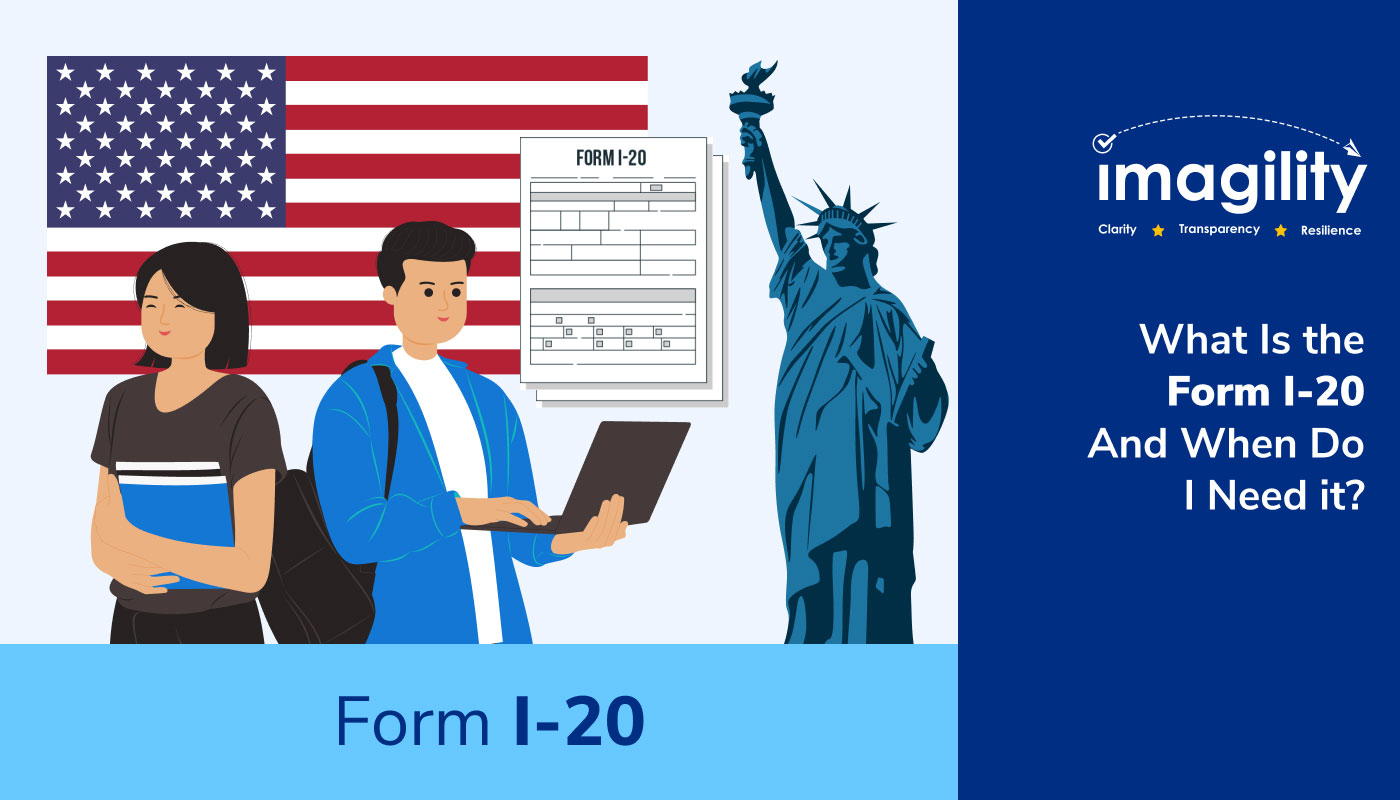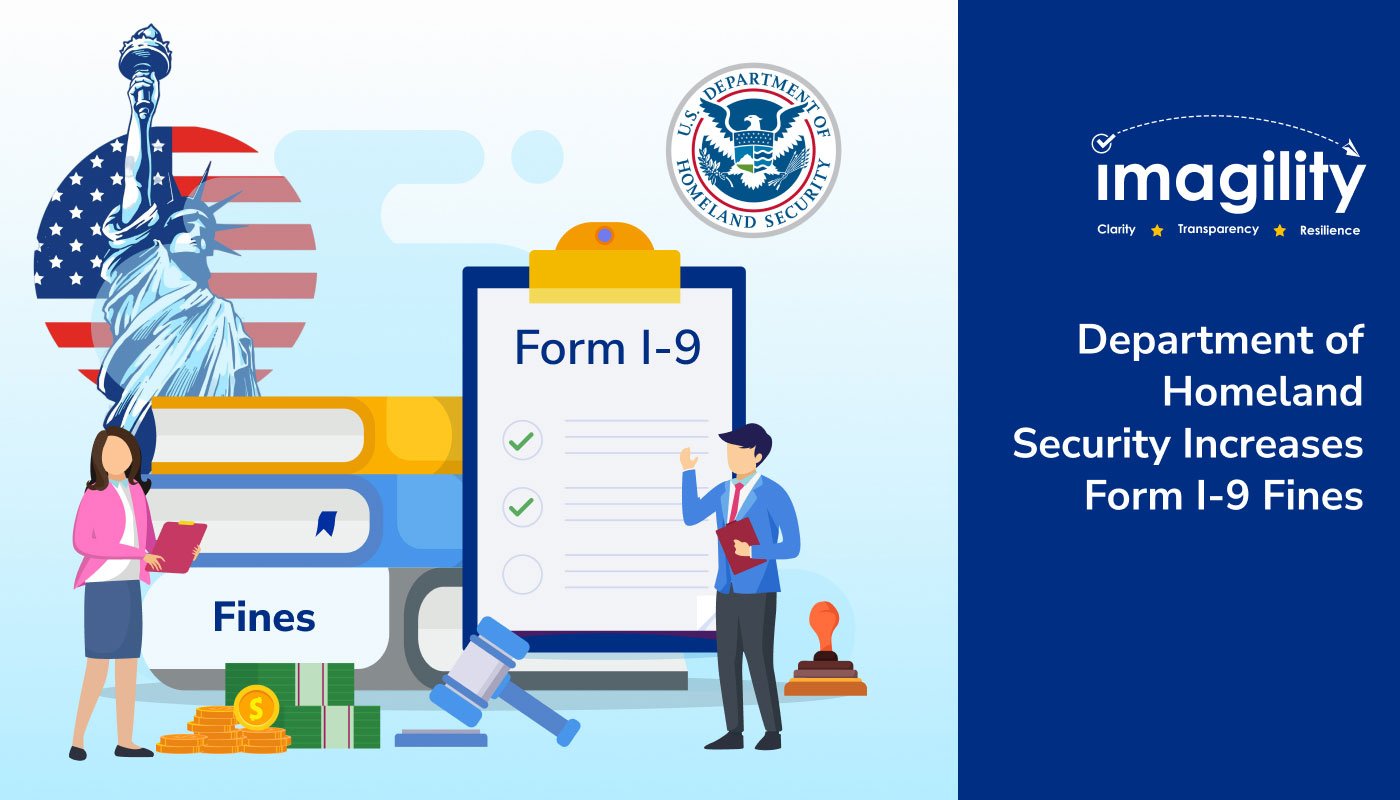U.S. employers use Form I-9 to verify the identity and employment authorization of individuals hired to work in the United States. It is crucial for employers to ensure compliance with U.S. immigration laws and I-9 employment verification to avoid penalties. The I-9 form is an important document that has to be completed by U.S. citizens and non-citizens to verify their identity and eligibility to work in the U.S.
Let’s get started and delve into the importance of I-9 compliance, discuss the acceptable documentation required for completing Form I-9, and explore the E-Verify program.
I-9 Compliance Verification
Irrespective of the size of the company and the number of people employed, Form I-9 is mandatory for all U.S. employers and I-9 compliance verification plays a crucial role. This form is used to verify an employee’s identity and eligibility to work in the U.S. This applies to both U.S. citizens and non-citizens hired for employment in the U.S. By filling out Form I-9, employers affirm that they have reviewed and verified all the necessary documents to establish an individual’s identity and eligibility to work in the U.S.
Here’s a step-by-step guide on I-9 compliance verification to help you navigate this process with confidence.
- Section 1 of Form i-9 – The first section of Form I-9 must be completed by the employee as soon as they accept the job offer. This section includes their personal information, such as their full name, date of birth, citizenship status, and address. They will have to complete this section on the very first day of employment. In this section, they must also attest to their citizenship or immigration status and provide the required supporting documents.
- The next step involves reviewing the supporting documents. The employer has to review the supporting documents the new hire provided to confirm their identity and eligibility to work in the country. Employees can choose to present one document from List A that establishes their identity and employment eligibility or one each from Lists B and C. Unexpired and original documents must be presented.
- Completing Section 2 of Form I-9 is the next step. Once the employers verify the supporting documents, they must complete the second section of Form I-9, which involves recording the document title, issuing authority, document number, and expiration date. This section has to be signed and dated by the employer.
- Though this step does not apply to everyone, re-verification is needed in certain situations where employers present supporting documents with expiration dates. In such cases, employers must re-verify the employment eligibility of their employees before the document expires. They must complete a new Section 3 of the I-9 form and update the required information.
- The completed I-9 forms must be carefully stored by employers and retained according to federal guidelines. They must retain these forms throughout the employment of the employee and for around a year after their employment ends. Employers must make sure they make these documents available for audits if requested by government officials.
- In situations where an employee is terminated and then re-hired within three years from the date they were originally hired, the employer can either update Section 3 of the old I-9 form with the relevant information or complete a new Form I-9.
Employers can be assured that they maintain a legal and compliant workforce by following the steps mentioned above. For added accuracy, employers can consider using specialized immigration software like Imagility to streamline the process and ensure seamless I-9 compliance verification.
Form I-9 Acceptable Documentation
Completing Form I-9 is not just sufficient, but it is mandatory for employees to provide certain supporting documentation to establish their identity and eligibility to work in the country. Below is the list of Form I-9 acceptable documentation.
The acceptable documents are classified into three lists, List A, List B, and List C.
List A
Documents in List A establish work authorization and an individual’s identity. Acceptable documents include U.S. Passport, an employment authorization document issued by the USCIS, or a Permanent Resident Card (Green Card).
List B
A state-issued driver’s license or an ID card, school ID card with a photograph, or a U.S. Military card that establishes identity belongs to list B.
List C
Documents that establish work eligibility, like a Social Security card, birth certificate, and employment authorization document issued by the U.S. Department of Homeland Security, belong to List C.
Employees will have to provide the required documentation, and it is the responsibility of the hiring employers to verify the documents to ensure their legitimacy and validity. Employers must carefully verify these documents and address discrepancies and rectify errors to avoid violations and penalties.
U.S. employers must store the I-9 forms throughout the employee’s employment term and for a certain period after the employment ends. They must keep the forms ready for government audits and perform regular internal audits to ensure accuracy and compliance with the Form I-9 requirements.
E-Verify
E-Verify is nothing but an electronic system the U.S. Citizenship and Immigration Services (USCIS) introduced to let employers confirm the employment eligibility of the individuals they newly hired. While USCIS has not made it mandatory for all U.S. employers to participate in E-Verify, some states have made it mandatory for some industries and employers to enroll in this program. All U.S. employers using this system have to verify the information their new hires provide on Form I-9 and enter the required information into the E-Verify system.
The system will then verify the employee’s work eligibility by checking the information provided against government databases, like the Social Security Administration (SSA) and the U.S. Department of Homeland Security (DHS). This system will prevent employers from hiring unauthorized and ineligible individuals. Employees using E-Verify must retain completed I-9 forms and E-Verify documentation for three years from the date of hire or one year after the employee is terminated. This period will vary and depend on the employment status of the employee.
The Final Word
It is crucial for every U.S. employer to adhere to I-9 compliance. They can streamline the employment eligibility verification process by understanding the process and educating the HR personnel on the I-9 form requirements. It is also important to stay updated on the ever-evolving U.S. immigration laws to ensure a smooth hiring process.
In conclusion, when it comes to I-9 compliance, it is wise to seek the assistance of legal professionals when needed or use our comprehensive immigration software, Imagility, to ensure a smooth and efficient process. With Imagility by your side, we believe you can confidently navigate the complexities of I-9 verification and streamline your compliance procedures, making the entire process seamless and hassle-free.
For detailed information on completing the I-9 form, we recommend checking out our Form I-9 Playbook.
To learn more about Imagility and to book a free demo, give us a call at +1 603 782 4622 or +1 617 865 6588.
I-9 Helpful Resources
Navigating the I-9 Form 2023: What You Need to Know
DHS Ends Form I-9 Requirement Flexibility
Internal I-9 Form Corrections and Audit Instructions
Form I-9 COVID-19 Flexibility Policy Update – Ends July 31, 2023
I-9 Requirements for Remote Workers – Tips to Prevent Violations
